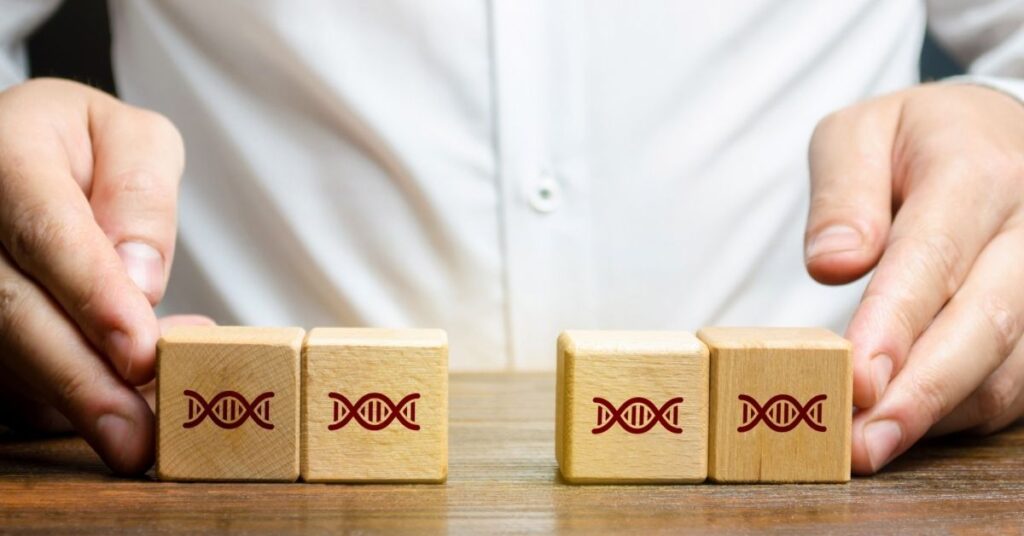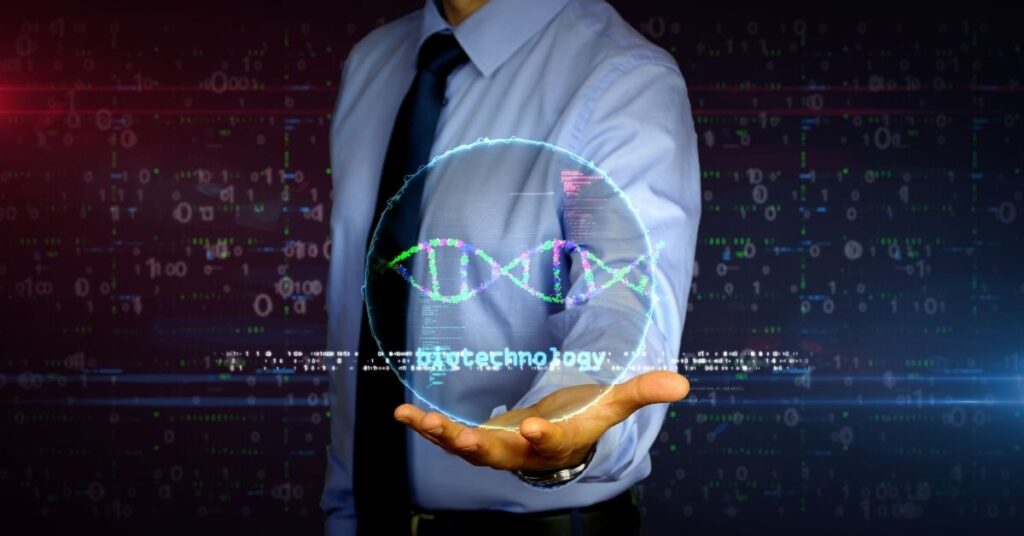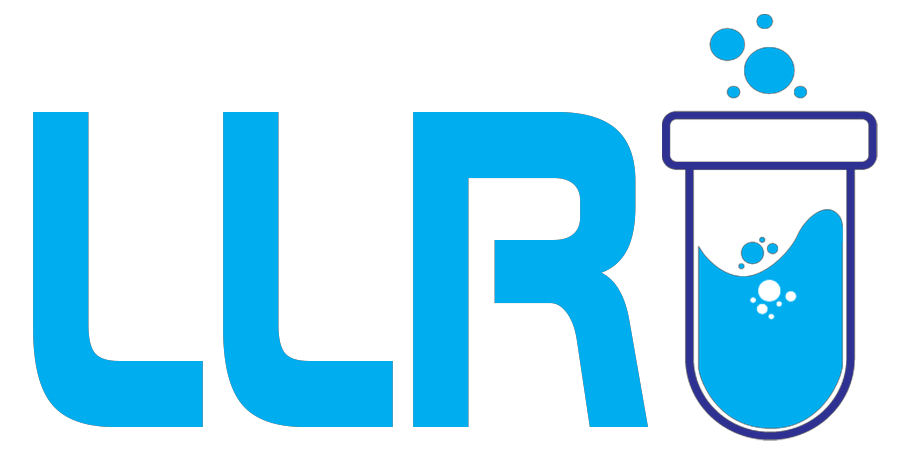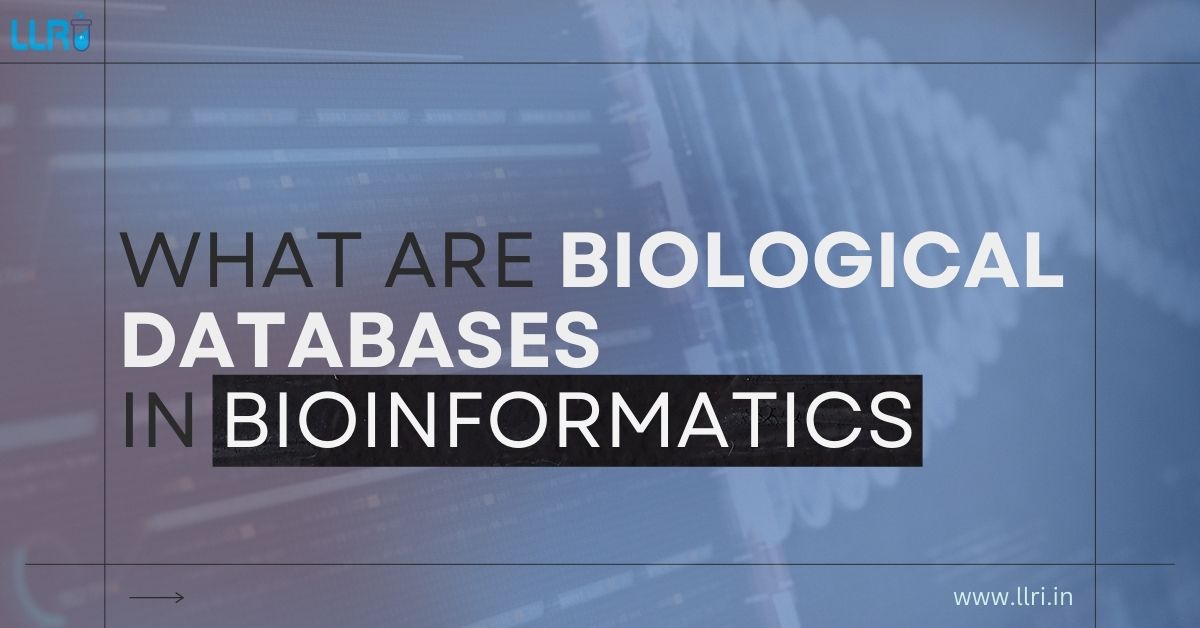Biological Databases In Bioinformatics: The field of bioinformatics has revolutionised the way we study and interpret biological data.
Have you ever used a biological database in your studies or research? Which type of database do you find most useful in your field? Or how do you think advancements in bioinformatics will shape the future of medicine?
And from managing vast amounts of genetic information to facilitating groundbreaking research, these databases are indispensable tools. But what exactly are biological databases in bioinformatics, and why are they so important?
What Are Biological Databases In Bioinformatics?
Biological databases in bioinformatics are organized collections of data related to biological sciences, stored for efficient retrieval and analysis. These databases serve as a repository for various types of biological data, such as DNA sequences, protein structures, and biochemical pathways.
By enabling scientists to store, retrieve, and analyze this information, biological databases act as a cornerstone for advancements in fields like genomics, proteomics, and drug discovery.
As one researcher aptly said, “The strength of bioinformatics lies in its ability to convert data into knowledge.” Biological databases make this conversion possible.

What Is The Importance Of Biological Databases?
So why are biological databases so important in bioinformatics? Let’s explore the primary roles biological databases play:
- Precise data management: They handle massive amounts of biological data, making it accessible for researchers worldwide.
- Accelerating research: By providing organized information, these databases save time and effort, enabling quicker breakthroughs.
- Facilitating collaboration: Scientists from different domains can access and share data seamlessly.
- Promoting innovation: Biological databases support new discoveries in medicine, agriculture, and environmental science.
Imagine trying to conduct research without access to these databases! The task would be not only daunting but nearly impossible.
So, what are the uses of biological databases?
- Drug discovery: Identifying potential drug targets.
- Genomics: Analysing genetic variations and their role in diseases.
- Proteomics: Studying protein functions and interactions.
- Clinical research: Supporting studies in precision medicine.
What Are The Types Of Biological Databases?
Biological databases can be classified based on the type of data they store and their functionality.
1. Primary Databases
- Store raw data such as nucleotide sequences or protein sequences.
- Examples: GenBank, EMBL, DDBJ.
2. Secondary Databases
- Contain processed information derived from primary databases, like protein structures and functions.
- Examples: UniProt, Swiss-Prot.
3. Sequence Databases
- Store DNA, RNA, and protein sequences.
- Examples: GenBank, EMBL, and DDBJ.
4. Structure Databases
- Contain 3D structures of biomolecules like proteins and nucleic acids.
- Examples: Protein Data Bank (PDB).
5. Functional Databases
- Provide information on gene and protein functions.
- Examples: KEGG, BioCyc.
6. Literature Databases
- Contain scientific literature related to biology and medicine.
- Examples: PubMed, Europe PMC.
7. Specialized Databases
- Focus on specific areas, such as diseases or metabolic pathways.
- Examples: OMIM (Online Mendelian Inheritance in Man), KEGG (Kyoto Encyclopedia of Genes and Genomes).

Each database type serves unique purposes, making sure that researchers have the resources they need to address diverse challenges.
Did you know? More than 90% of bioinformatics projects rely on at least one biological database for success!
What Is The Classification Of Biological Databases?
The classification of biological databases often depends on their content and usage. Below are the key categories:
- Sequence databases: Store nucleotide or protein sequences.
- Structure databases: Contain 3D structural data of biomolecules.
- Functional databases: Include data related to gene or protein functions.
- Pathway databases: Focus on biochemical pathways and interactions.
- Literature databases: Archive research articles and literature.
For instance, the Protein Data Bank (PDB) is a widely used structural database, while PubMed serves as a literature database.
How Are Biological Databases Used in the Healthcare Field?
In the healthcare field, biological databases are instrumental in understanding diseases, discovering drugs, and developing personalized treatments. They form the backbone of medical writing by providing evidence-based data. Speaking of medical writing, have you ever wondered, “What writing style is used in medicine?”
Medical writing relies on a clear, concise, and evidence-based approach. It answers questions like, “What is the basic medical writing?” Basic medical writing involves crafting documents such as clinical study reports, regulatory submissions, and medical articles. These rely heavily on accurate data from biological databases.
And when it comes to clinical research, biological databases are central! They aid in identifying disease markers, understanding drug mechanisms, and designing clinical trials. If you’re considering a career in this field, enrolling in a clinical research course can be a game-changer.
At the Learning Labb Research Institute (LLRI), we offer clinical research training that integrates bioinformatics tools. Our courses are tailored to equip students with hands-on experience in using biological databases. Plus, our clinical research course fees are designed to be affordable for students across India.
Looking for the best institute for a PG Diploma in Clinical Research? LLRI provides top-notch education, making sure you’re industry-ready.

On A Final Note…
Biological databases in bioinformatics are not just repositories of information; they are the driving force behind scientific progress. Whether you’re a budding researcher or a seasoned professional, understanding these databases is important. And if you’re intrigued by the intersection of bioinformatics and clinical research, LLRI is here to guide you.
As the saying goes, “Knowledge is power, and databases are the key to unlocking it.” So why wait?

